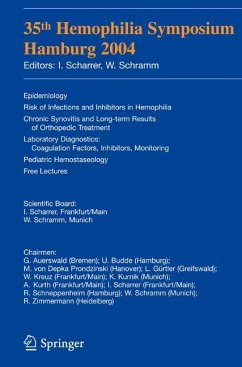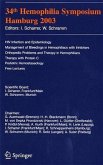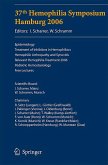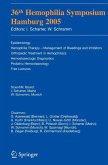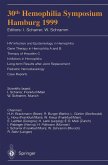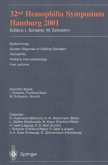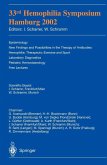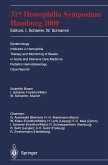Motion analysis as introduced 2 years ago on a national basis effectively identifies individual functional disorders and provides a means for describing them on the basis of a score. Individual therapy planning is possible. More treatment tends to produce better function scores and thus helps to lower the strain on the joint. Further study is required in order to determine whether this reduces the incidence of bleeding. Knee function is age-dependent. Height, weight and sporting activity seem to be influencing factors.Demeanor,pain,fatigue and parental motivation do not seem to have an impact. The roll-and-glide pattern is not age-dependent and probably shows functional abnormalities of the knee.Functional benchmarking of the sites is possible but d- ficult because each site selects the children differently.Age differences also render an overall assessment difficult. Some sites performed negative screening so as to only test children with more severe problems,while other sites performed no such selection.In other sites,the only children to show up for motion analysis were those with well informed parents and who are always involved in all the other activities on offer too.
Dieser Download kann aus rechtlichen Gründen nur mit Rechnungsadresse in A, B, BG, CY, CZ, D, DK, EW, E, FIN, F, GR, HR, H, IRL, I, LT, L, LR, M, NL, PL, P, R, S, SLO, SK ausgeliefert werden.

